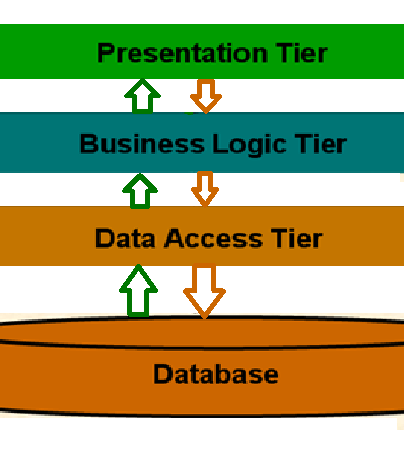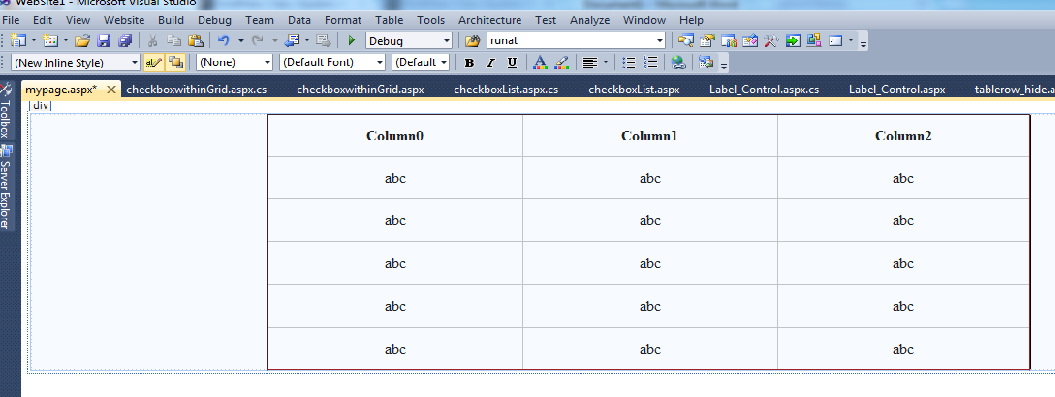Use of FileUpload control in asp.net web page
Use of FileUpload control in asp.net web page :
As the name of control explain that this control use to upload the file on server.
FileUpload control:
With the FileUpload control, it can be done with a small amount of code lines, as you will see in the following example. However, please notice that there are security concerns to to consider when accepting files from users! Here is the markup required:<form id="form1" runat="server">
<asp:FileUpload id="FileUploadControl" runat="server" />
<asp:Button runat="server" id="UploadButton" text="Upload" onclick="UploadButton_Click" />
<br /><br />
<asp:Label runat="server" id="StatusLabel" text="Upload status: " />
</form>
CodeBehind code required to handle the upload:
protected void UploadButton_Click(object sender, EventArgs e)
{
if(FileUploadControl.HasFile)
{
try
{
string filename = Path.GetFileName(FileUploadControl.FileName);
FileUploadControl.SaveAs(Server.MapPath("~/") + filename);
StatusLabel.Text = "Upload status: File uploaded!";
}
catch(Exception ex)
{
StatusLabel.Text = "Upload status: The file could not be uploaded. The following error occured: " + ex.Message;
}
}
}
As you can see, it's all relatively simple. Once the UploadButton is clicked, we check to see if a file has been specified in the upload control. If it has, we use the FileUpload controls SaveAs method to save the file. We use the root of our project (we use the MapPath method to get this) as well as the name part of the path which the user specified.


Comments
Post a Comment